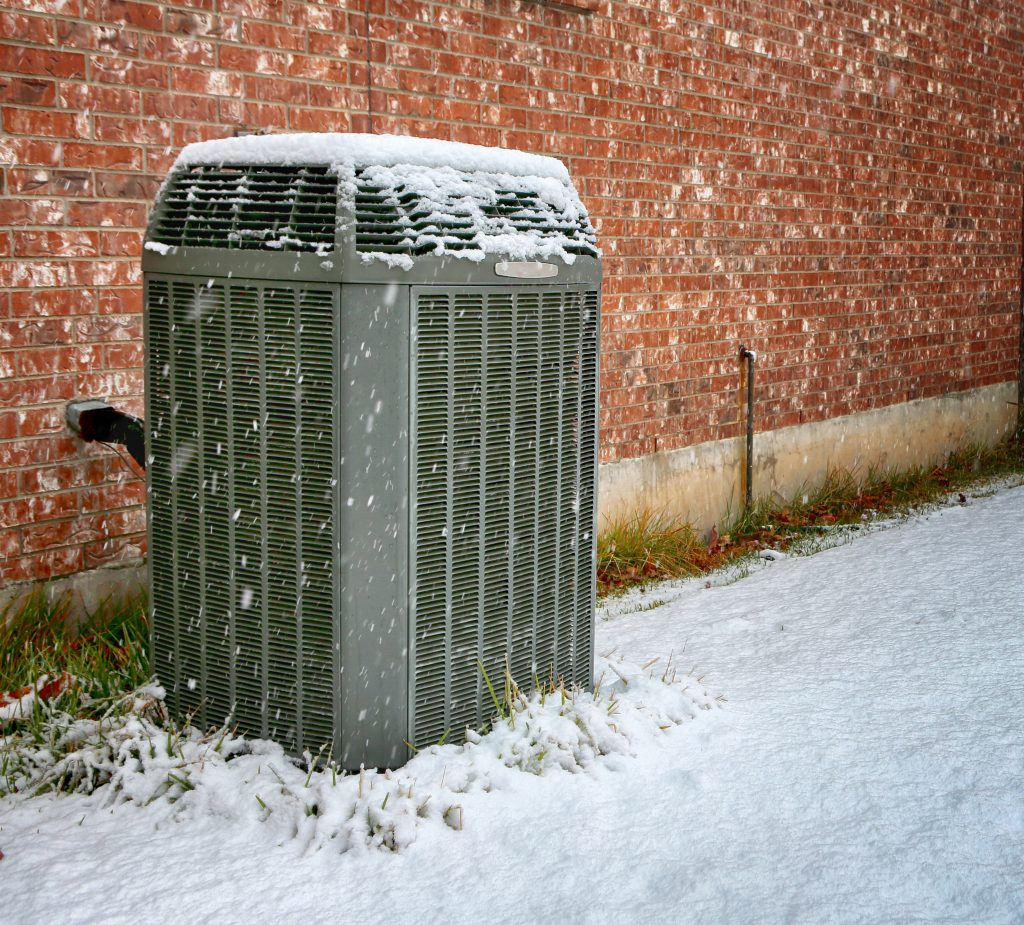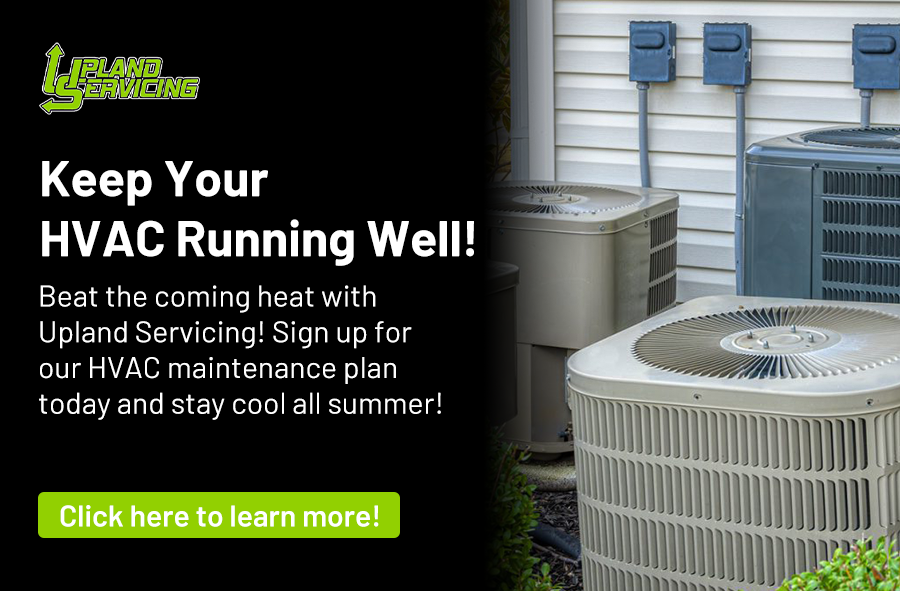Winter storms have a habit of pounding the Midwest, sometimes dumping more than a foot of snow at a time. It’s during these times you depend on your heat pump to keep your family comfortable and safe. However, the snow and ice that hits the Joplin, MO, area can wreak havoc on your heat pump. Uncover three surprising ways snow and ice can damage your unit and what you can do to prevent it.
1. Restricted Airflow
Your heat pump depends on its ability to circulate air, both throughout your home and through the outdoor unit. If there is snow or ice buildup over the winter, the buildup can potentially reduce the amount of air your outdoor unit can pull in.
Without drawing air through the unit, your system won’t warm your house effectively. Not only is this inconvenient, but it raises your utility bills and strains your system, especially the compressor. This damage can lead to expensive emergency repairs. The strain may also damage your system entirely.
2. Bent Condenser Coil Fins
Your condenser coil has fins on it, much like the radiator of a car. These fins aid in the transfer of heat as your system runs, making the coil work more efficiently. They also act as the first line of protection for the coil, taking damage before it can cause a refrigerant leak.
Snow and ice will build up around the unit during storms. If left uncleared, the snow and ice will slowly melt but then refreeze between these fins. This can cause the fins to bend, leading to an airflow restriction.
3. Component Corrosion
Rust and corrosion are big problems for heat pumps, and they are only aggravated by snow and ice. The corrosion on your condensing coil comes from the contaminants in the airborne moisture. When these contaminants freeze on the coil, it causes those substances to become caustic acids, such as formic or acetic acid. These slowly cause the coils to corrode.
Other components, like the condensing fan motor and condenser, may be more prone to ordinary rust. Leaving your unit to deal with excessive amounts of moisture causes additional oxidation, which is what leads to rust.
Preventing Snow and Ice Damage
There are some simple steps you can take to help prevent snow and ice damage to your heat pump. Before the snow starts flying, consider building a cover or freestanding shelter to go over your unit. Just be sure it sits at least 24 inches above the unit to allow for proper airflow.
Take some time after each storm to go out and clear snow and ice away from your unit. You’ll want to leave the same 24 inches on all sides. When clearing snow from your unit, turn it off first, then use a broom or brush. Do not use anything sharp or hard to try to chip off built-up ice.
Don’t get left in the cold this winter from a heat pump damaged by ice and snow. Call to schedule your heat pump service appointment with one of our expert technicians from Upland Servicing today.


